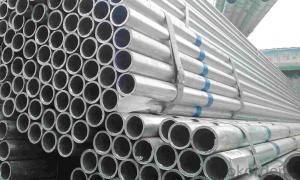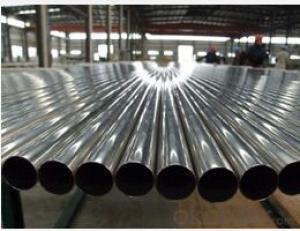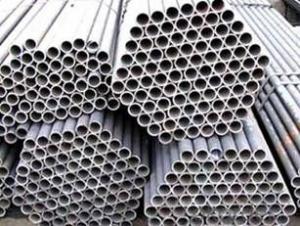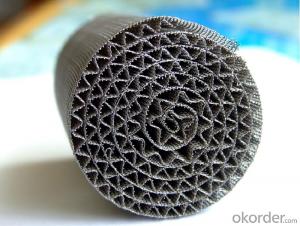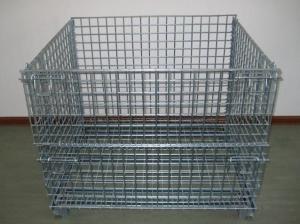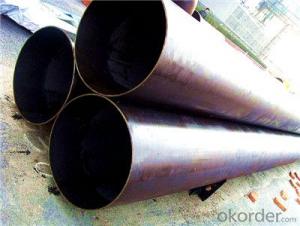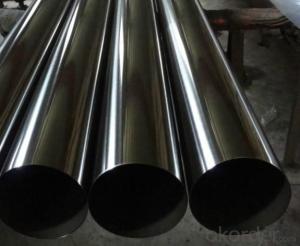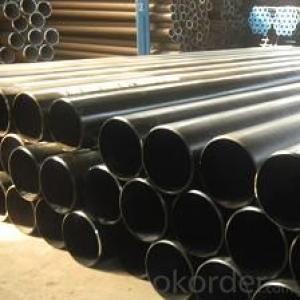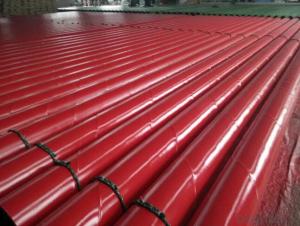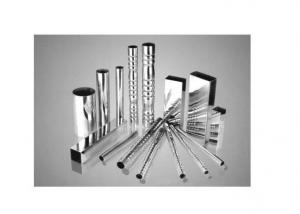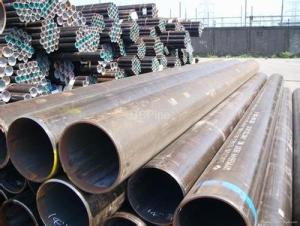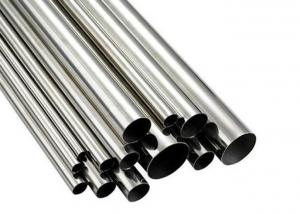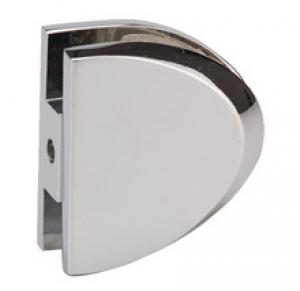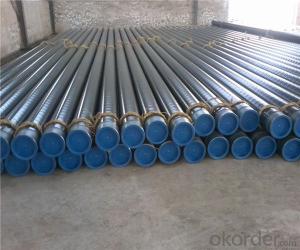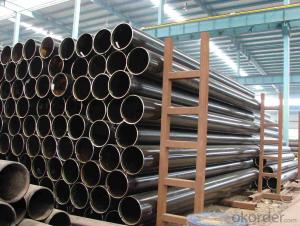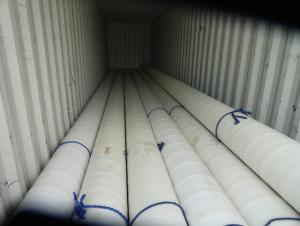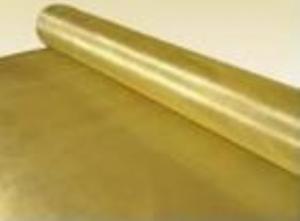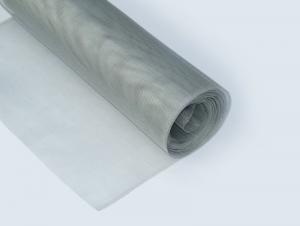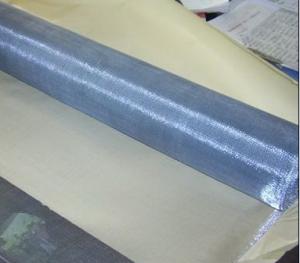Stainless Steel Pipe Screens
Stainless Steel Pipe Screens Related Searches
Stainless Steel Screens Stainless Steel Screen Pipe Stainless Steel Screen Stainless Steel Screening Stainless Steel Pipes Stainless Steel Piping Stainless Steel Mesh Screen Stainless Steel Screen Mesh Stainless Steel Strips Stainless Steel Screening Mesh Pipe Stainless Mesh Stainless Steel Screen Stainless Steel Pipe Clamps Stainless Steel Tape Stainless Steel Splatter Screen Stainless Steel Tiles Stainless Steel Threaded Pipe Stainless Steel Tubes Stainless Steel Glasses Stainless Steel Chimney Pipe Stainless Steel Pipe Fitting Stainless Steel Clips Stainless Steel Signage Mesh Screen Stainless Steel Stainless Steel Wires Stainless Steel Flue Pipe Stainless Steel Pipe Flange Stainless Steel Signs 4 Stainless Steel Pipe Stainless Steel GlassStainless Steel Pipe Screens Supplier & Manufacturer from China
Stainless Steel Pipe Screens are a type of filtration product designed to protect pipes and equipment from debris and foreign objects. These screens are manufactured from high-quality stainless steel materials, ensuring durability and resistance to corrosion. They are available in various sizes and configurations to suit different pipe diameters and applications.Stainless Steel Pipe Screens are widely used in numerous industries, such as water treatment, oil and gas, food processing, and chemical processing. They play a crucial role in maintaining the efficiency and safety of fluid flow systems by preventing blockages and damage to equipment. In these applications, the screens help to filter out unwanted particles, ensuring that the fluid remains clean and free from contaminants.
Okorder.com is a leading wholesale supplier of Stainless Steel Pipe Screens, offering a vast inventory to cater to the needs of various industries. With a commitment to quality and customer satisfaction, Okorder.com ensures that the screens are manufactured to the highest standards and are available at competitive prices. By partnering with Okorder.com, customers can benefit from a reliable source of Stainless Steel Pipe Screens, ensuring the smooth operation of their fluid systems and equipment.
Hot Products

